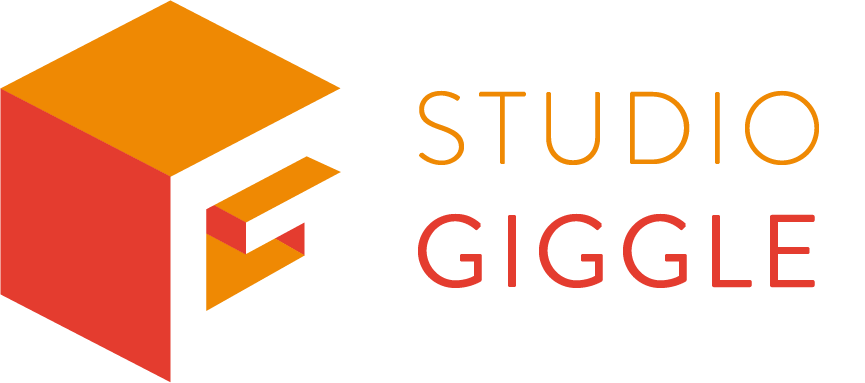You may have thought that one of the only uses of VR is gaming, but in the last couple of years the technology has been used by numerous different sectors. One of the benefits of VR is that it allows the user to experience something that they may not be able to view in the real world. This means that it is great for industries like medicine or the military, as it allows the user to experience an emergency without putting anyone at risk.
This is just one of the ways that it can be used. In this blog, we’ll be looking into the way that VR could be used in education. There are several benefits of using the technology to make a difference in the learning experience, whether this is seeing the world, improving communication or helping to learn new information.
Several studies have shown that people who learn and train using VR retain the information much more deeply and for longer periods of time than those who simply use books. With this information, we can see how important VR could be in the schools of the future.
VR also allows students to experience different parts of the world via virtual school trips.
School trips will no longer just consist of a visit to the local museum or castle, instead, students can be taken on a virtual tour of the world. This could allow them to experience different countries, different times, and even different planets. Samsung is even working with archaeologists from the Achavanich Beaker Burial Project to create a VR app to bring a 4000-year-old Scottish village back to life.
However, one of the most important uses for VR in the education system is to help children with special needs. Many apps have been developed to help children with autism or Asperger’s. The apps help them practise social interaction skills and how to pick up non-verbal cues in a non-threatening environment. Participants learned strategies and practices social interactions such as meeting a peer for the first time, confronting a bully, inviting someone to a party, and even just making eye contact with someone. Although this may sound insignificant, it could help to completely change that child’s life. Practising these skills in a safe space allows the children to feel more relaxed about their time at school.
Similarly, to give an insight into what it’s like to be autistic, the UK’s National Autistic Societylaunched a 360-degree VR video which allowed the user to experience what it’s like to be autistic. The video is based on an autistic boy’s real experience walking around a shopping centre.
Although you could argue that using VR in schools could be very expensive, the opportunity that it could offer to save money is vast. An example of this is science experiments: everyone loves a classic science experiment, but they can be very costly. However, if you did experiments virtually, it would still offer students the chance to experience the experiment without spending £100s on chemicals and science equipment. Similarly, by using software like Google Expedition, you can transport students to a whole new world without having to spend £1000s on travel.
As you can see from just these small examples, VR in education has the potential to change the world, and it’s for this reason that VR in education is predicted to be a $700 Million industry by 2025.


